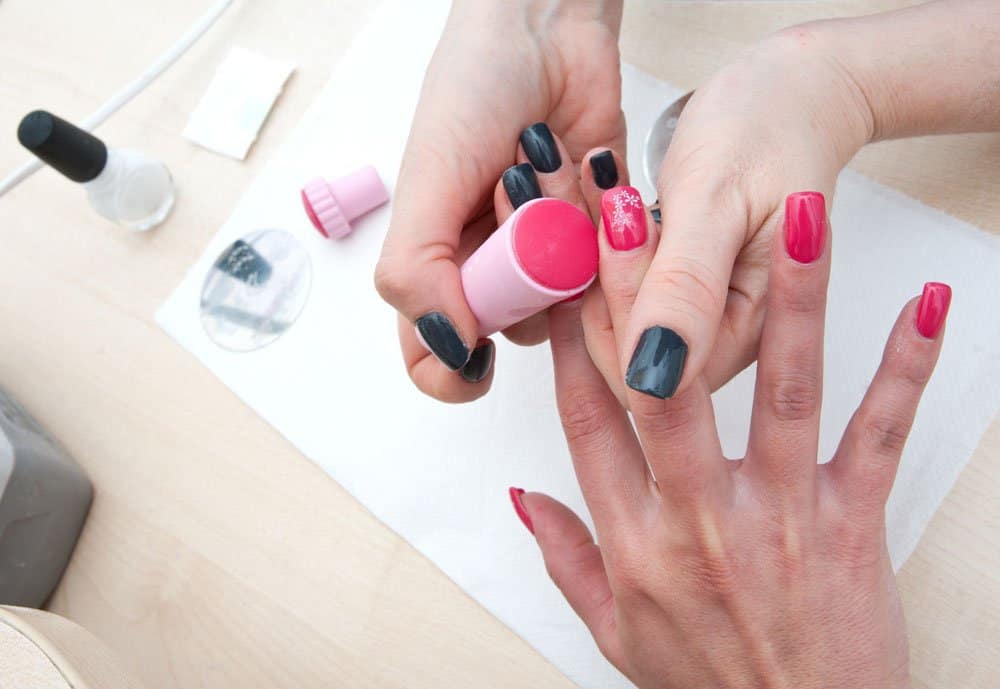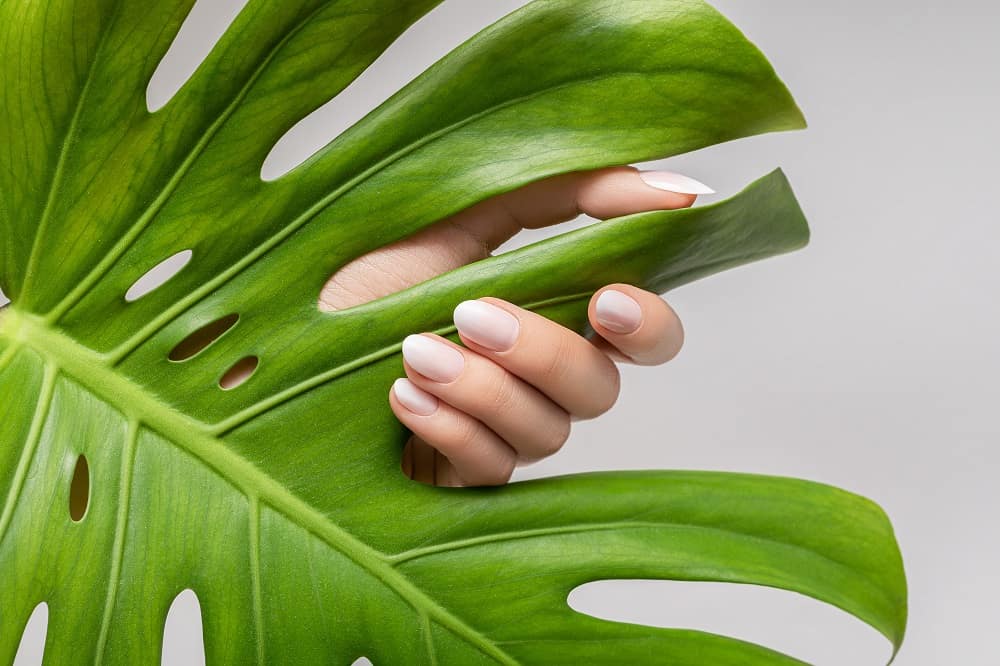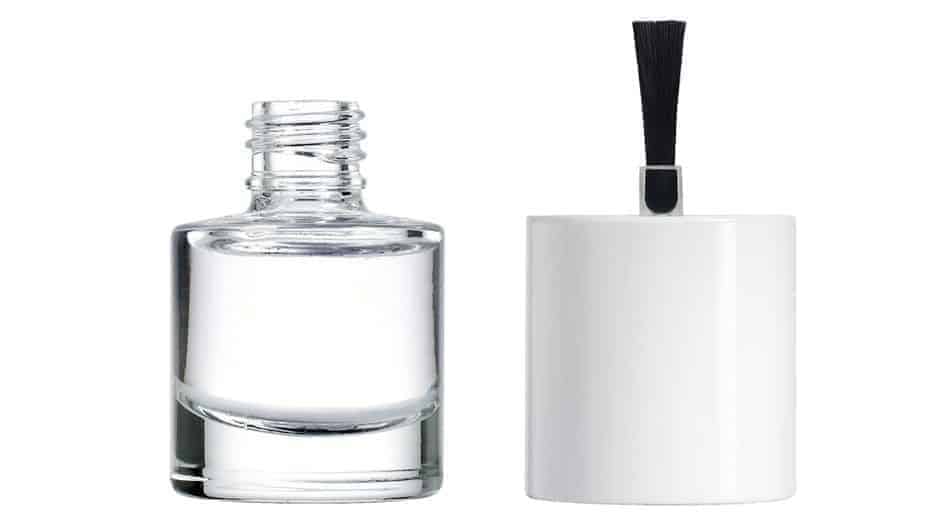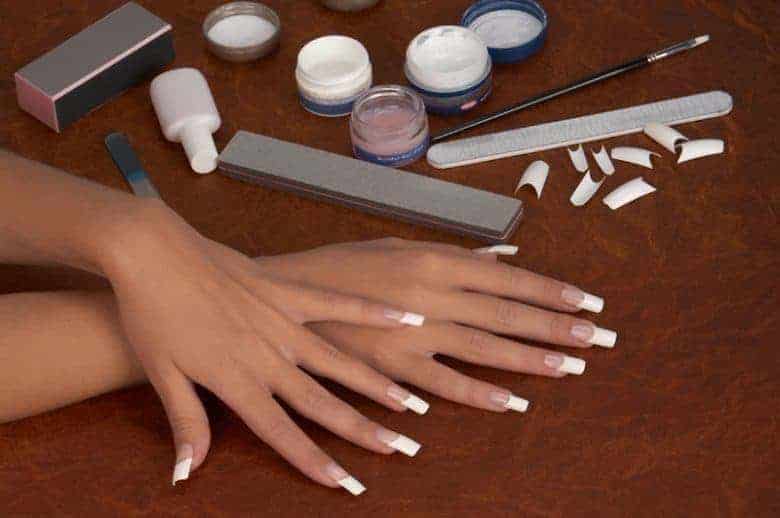How to Clean Acrylic Nail Brushes Correctly
Applying acrylic nails can be a fun way to channel your creativity. As you become more invested in the art, you’ll start to accumulate different types of acrylic nail brushes.
Good quality nail brushes can be an expensive investment. Therefore, it’s important to properly take care of them so that you’re not burning a hole in your wallet.
A common issue that many people experience is clogged nail brushes. Cleaning and restoring a clogged nail brush can be very time-consuming. Also, depending on the severity, they may be irreparable.
The best way to keep your brushes for a long time is to avoid clogging altogether. However, this issue can happen to the best of us.
But don’t worry, you’ll learn all about how to clean acrylic nail brushes if they become clogged. And you’ll also find a few bonus tips to prevent clogging and stiff brushes.
Removing Cured Acrylic from Nail Brushes
There are a couple of different methods to clean a clogged or stiff acrylic nail brush. It depends on the amount of acrylic caked on the brush.
How to Clean Acrylic Nail Brushes with Monomer

The safest method to clean a stiff brush is to use monomer. Follow this process:
- Pour some monomer in a shallow dish.
- Dip your brush in the dish. Only the bristles should be soaking in the monomer.
- Let the brushes soak for about two hours. You can also let them soak overnight.
- Rinse the bristles with warm water. Check to see if clumps of acrylic fall off.
- Place the brush on a towel, and let it dry naturally. Once it’s completely dry, check to see if it still feels stiff. If it’s still stiff, you can try repeating steps 1–4 one more time.
The Best Acrylic Nail Kits for Beginners
How to Clean Acrylic Nail Brushes with Acetone
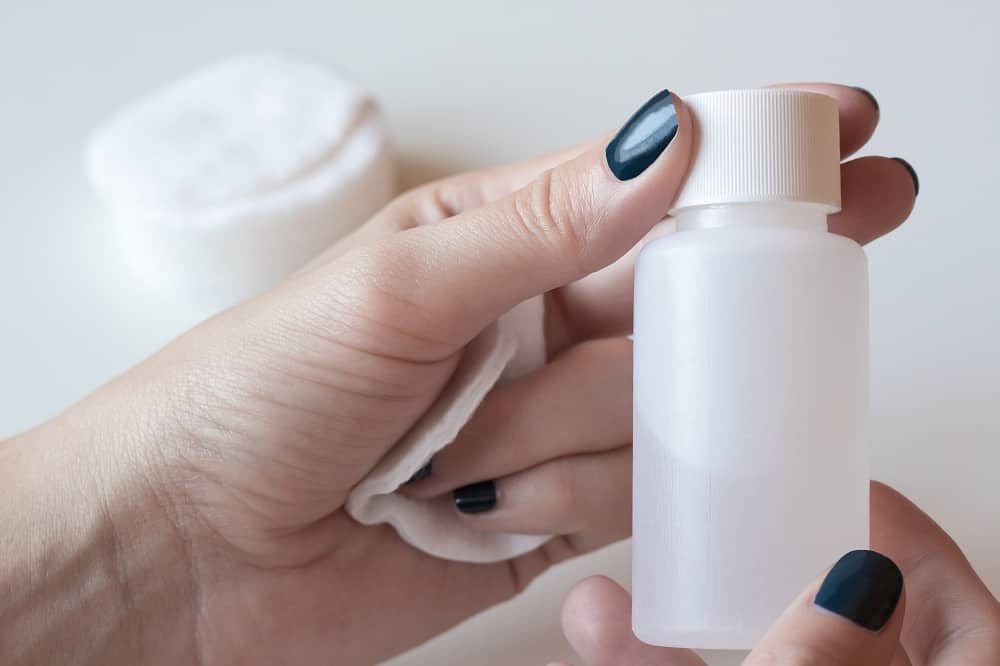
There are some cases where brushes are so stiff that monomer isn’t effective. If you’ve tried removing acrylic with monomer, and it didn’t work, you can try using acetone as a last resort.
Just remember that acetone is a powerful liquid, so it has the potential to damage your brushes. It can dry up and fray the bristles or cause bristles to fall off.
Therefore, it’s best to care for your nail brushes so that you can avoid using acetone altogether.
However, if you have stubborn acrylic on your brushes, follow these steps:
- Pour some acetone into a shallow dish.
- Dip the bristles into the acetone for a few seconds. Swirl the brush a couple of times so that all the bristles get wet.
- Lay the brush on a paper towel. Gently use a cuticle pusher to scrape through the bristles. Chunks of acrylic should start to fall off the brush.
- You can repeat steps 2–3 a couple more times until you remove all the acrylic.
- Once all the acrylic is gone, soak your brush in the monomer. Soaking your brush will restore some moisture into the bristles.
- Lay your brush flat on a towel, and let it air dry.
How to Avoid Clogged Acrylic Nail Brushes
The best care is preventative care. The last thing you want to do is spend hours cleaning your brushes with monomer or acetone and potentially damaging them. There are several things you can do to avoid clogging.
Immediately Clean Your Brushes After Use
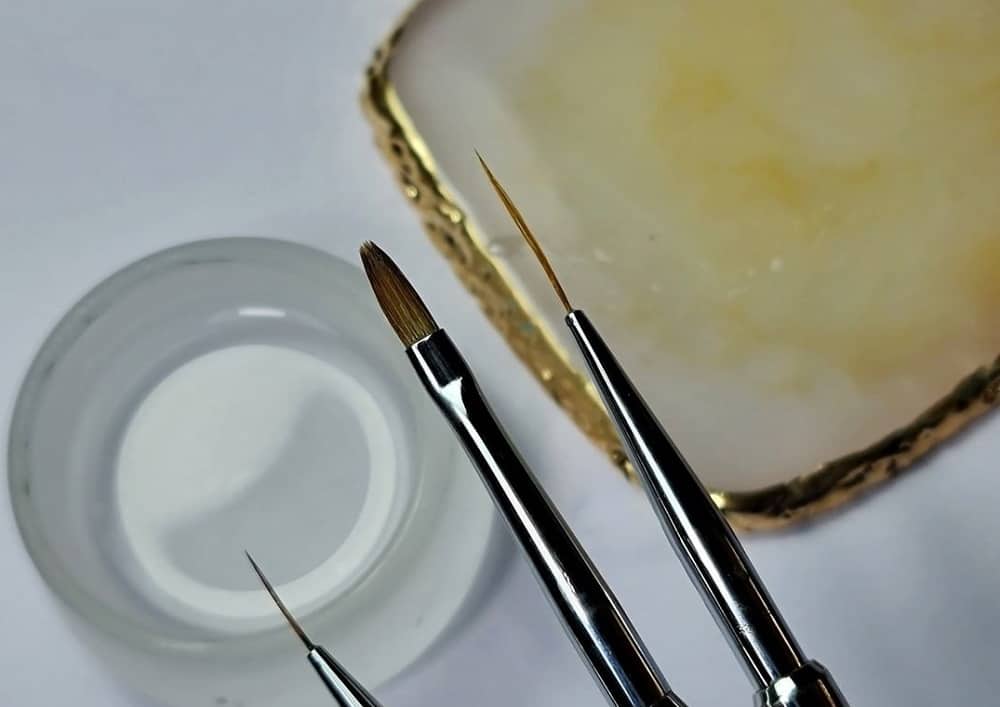
It may feel tedious and time-consuming at the moment, but it’s so important to clean your nail brushes after every use. Restoring a nail brush can take a lot of time, so it’s better to take a couple of extra minutes to clean your brush immediately.
All you need is a lint-free cloth and some of the monomer you used while applying the nails. Briefly soak and swirl your brush in the monomer. Check for any clumps in between the bristles and gently remove them with a cuticle pusher.
Once your brush is free of debris, use a lint-free cloth to soak up the liquid. Place them horizontally on a towel to air dry.
Don’t let them dry vertically with the bristles facing upwards. This position can damage the base of the brush and cause the bristles to fall out.
Wait for the brush to dry completely before using it again.
Monomer usually suffices for routine cleaning. However, you can also look into nail brush cleaners to see if they work more effectively for your brushes.
Change Your Monomer and Powder Ratio
An incorrect monomer and powder ratio is a common culprit for stiff nail brushes.
A chunky or wet acrylic bead can leave behind residue on your brushes. A good acrylic bead can hold its shape and won’t have any dry powder around the edges.
You also want to apply the acrylic bead at the right time. Wait for it to turn glossy before applying it to a nail. If the bead has a grainy texture, wait a couple more seconds until it smooths out.
Check Your Brushes as You Apply the Acrylic
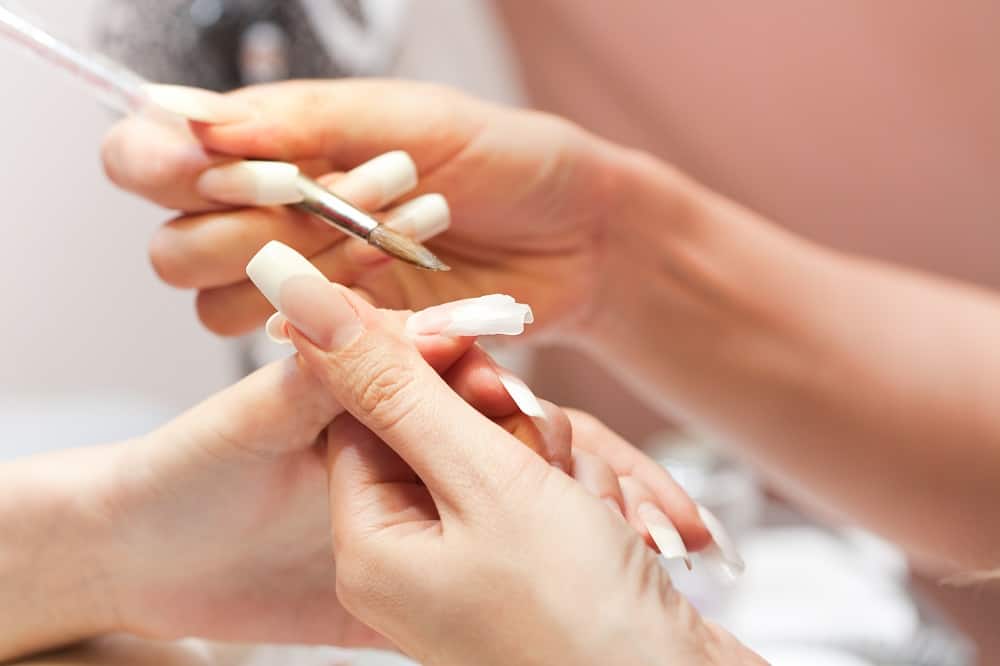
Always examine your brushes as you’re applying the acrylic to nails. After you place an acrylic bead onto a nail, check your brush to see if there’s any remaining powder or chunks.
Wipe any residue onto a paper towel or absorbent cloth. You can also use the monomer to soften any particularly dry or powdery chunks.
Also, check your brushes periodically as you’re shaping the acrylic. Wipe your brushes as you go and look for chunks by fanning through the brushes with a cuticle stick.
Applying this practice can help reduce the amount of time you spend cleaning your brushes after use.
Wrapping Up
As you become better and more invested in applying acrylic nails, it’s helpful to upgrade your tools to help you master your craft.
It’s worth investing in high-quality nail brushes because you can feel a significant difference from when you’re using a cheaply made brush. However, these brushes can be very expensive.
Therefore, it’s important to care for your brushes properly to avoid replacing them constantly.
Occasionally, your brush will become caked or stiff, but you don’t have to worry. You now know how to care for your brushes and clean acrylic nail brushes using monomer or acetone.
